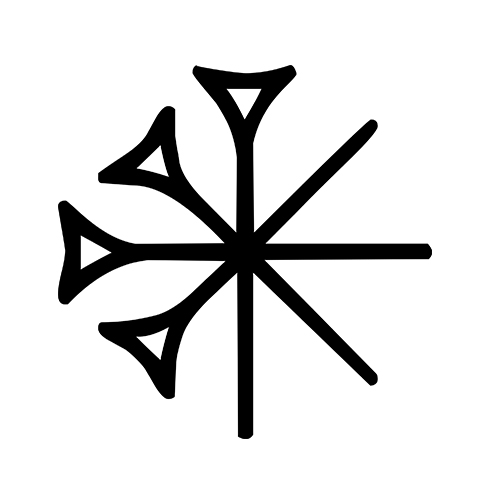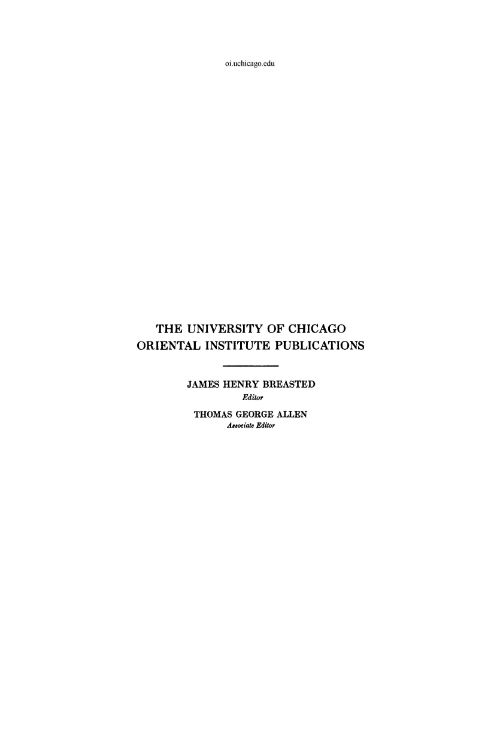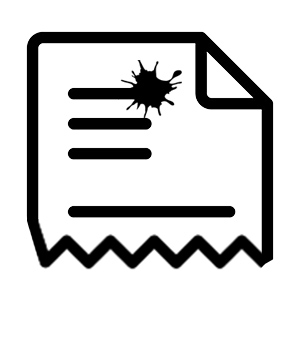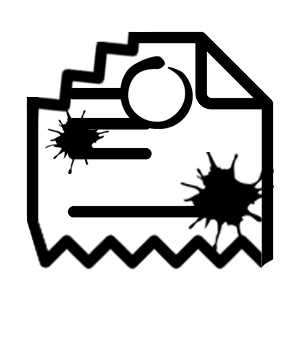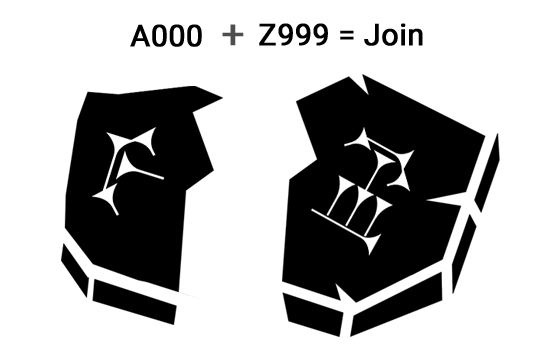CBS 13932 (clay tablet) is a cuneiform tablet containing lines 1-25 (obverse) and 26-69 (reverse) of the Sumerian afterlife myth titled "Inanna's Descent to the Netherworld." The artifact was discovered in the Nippur excavations (modern-day Iraq) between 1899-1900 and now belongs to the Penn Museum In Pennsylvania. CBS 13932 was first published by Edward Chiera, a Sumerian scholar, in 1934. When combined with other artifacts, the seventy lines that CBS 13932 contains provides credibility for the translation of the opening of the myth.
The tablet's text is still used in current translations of "Inanna's Descent" and was initially translated by Samuel N. Kramer, a well-known Sumerian scholar who did most of the work on deciphering the first half of the myth.
Discovery and publication
CBS 13932 was discovered during the Nippur excavations in modern-day Iraq between 1899-1900. Several excavations took place jointly between the University of Pennsylvania and the Ottoman Museum in Turkey. The artifacts sat in boxes at the Pennsylvania Museum until Edward Chiera (1885-1933), a Sumerian scholar who did lots of work on artifacts related to "Inanna's Descent," published a photograph of it. Chiera initially published the sketches of it (line art) in Sumerian Epics and Myths In this publication were the first images of CBS 12638, CBS 12684, CBS 12702, and CBS 12572 (as plate number 49). Kramer took the lead on translating the artifact.
Textual contribution to "Inanna's Descent"
CBS 13932 was important for the decipherment of "Inanna's Descent to the Netherworld." The cuneiform tablet provides a very useful chunk of seventy lines towards the overall 412 line myth. This artifact has been used in almost every major translated publication of Inanna's Descent. In 1942, Samuel Kramer published another translation (and collation) of "Inanna's Descent," where the line numbers were carefully mapped out for this artifact. This publication is referred to as PAPS 85 in citations, short for the Proceedings of the American Philosophical Society; however, the journal seems to have gone defunct in 2015.
Kramer also published a revised translation of these artifacts in 1951 (in the Journal of Cuneiform Studies) as part of his many revisions to the myth's decipherment. This 1951 version of "Inanna's Descent" would remain as the main version of the myth until William R. Sladek published a revised translation in 1974. Even through 2019, these artifacts are used in the current and most reliable versions of the afterlife myth.




